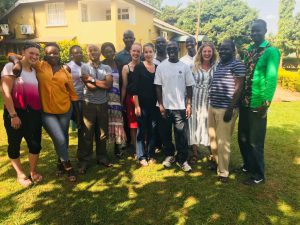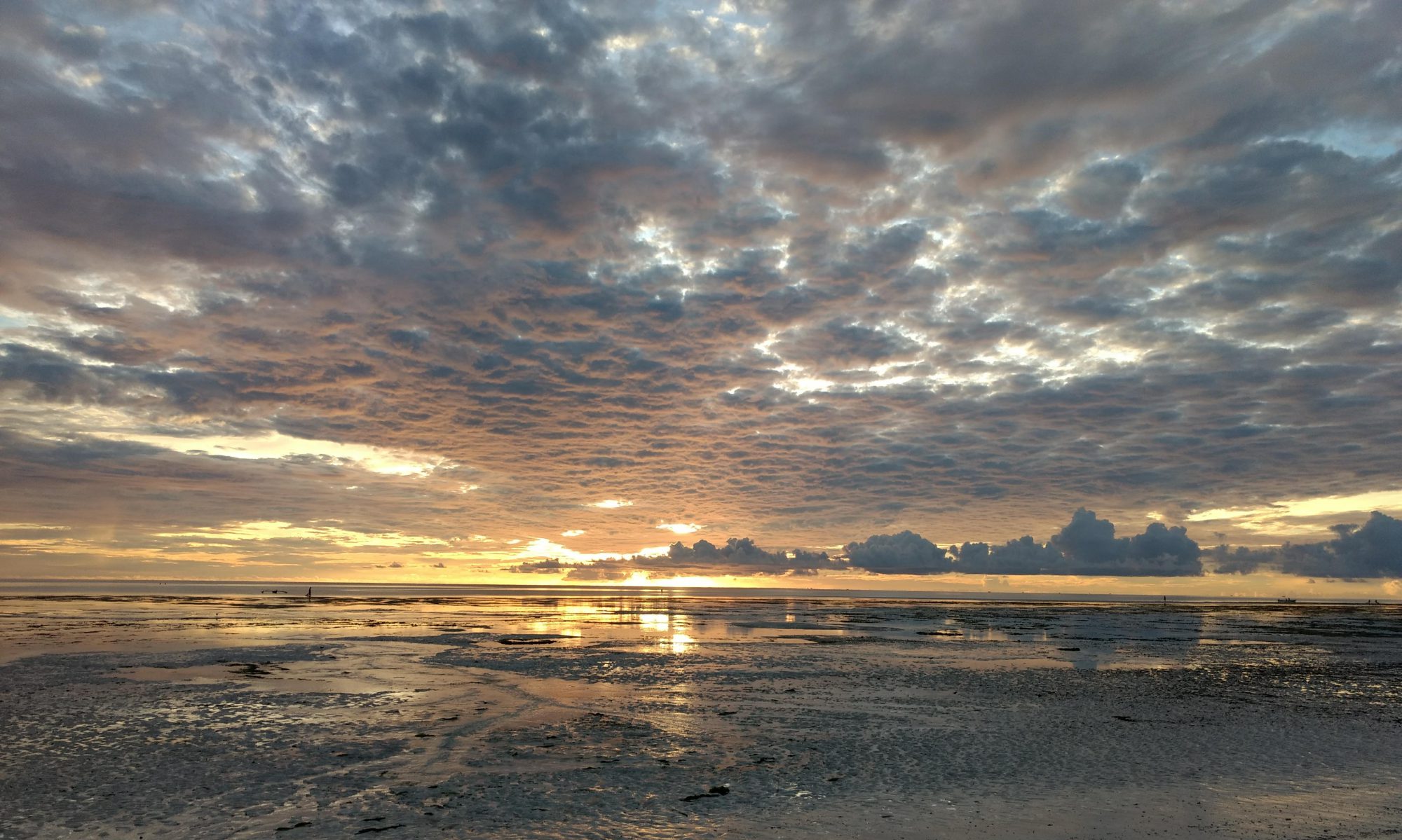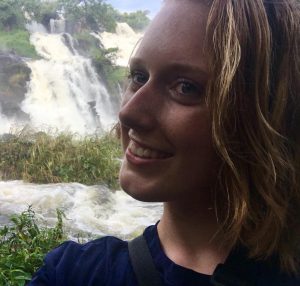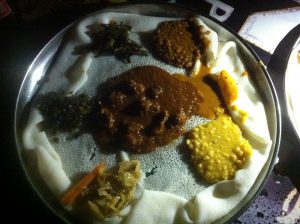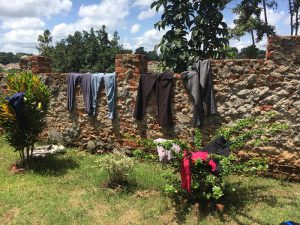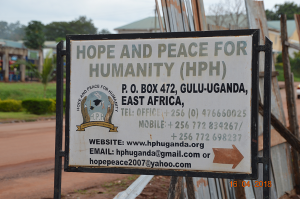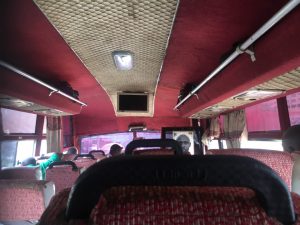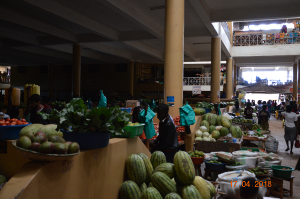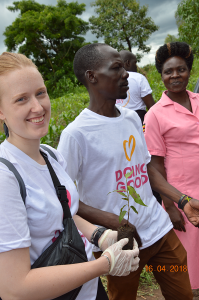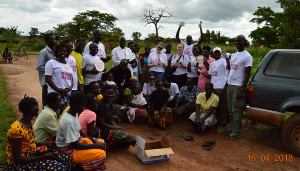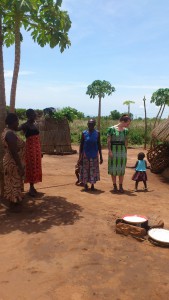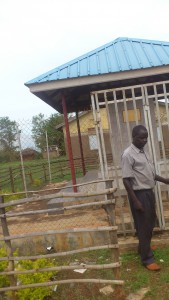For the past weeks, I have been finishing up my field study, recovered from malaria, visited Kampala, and enjoyed my last time in Gulu (my home away from home). Last Friday, I even went further North to Kitgum and visited the Memory and Peace Documentation Centre. It is the only one of its kind and founded by the Refugee Law Project. It is very interesting to visit as it contains important information on the previous armed conflicts in Uganda as well as a library. I want to thank, Jerry Oyet, for showing us around, explaining everything, and answering all our questions. Most impressive exhibition to me was the one showing a copy of the letter written by Joseph Kony himself. On our way back to Gulu, we stopped at Aruu Falls. A gigantic and beautiful waterfall with a rainbow. It is definitely worth the visit although you must be very careful about when and how you hike down to the bottom of the falls.
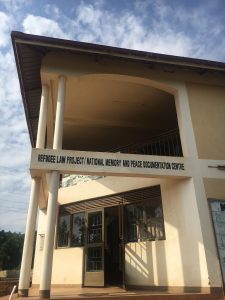

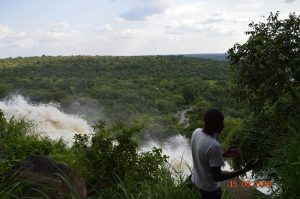
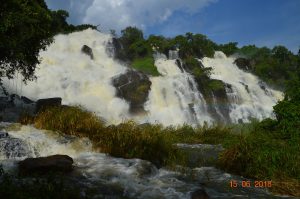
I am very satisfied with the results of my 9 weeks in Gulu. I have successfully conducted 30 interviews of 30-90 minutes each with both former abductees and community leaders, professionals from different NGOs, and a district official. I am looking forward to writing the thesis and sharing it with all my friends here, at home, and abroad.
I have a lot of mixed feelings leaving Gulu and all the warm-hearted people, I have been so fortunate to meet here. I cannot give enough thanks to those who welcomed me to their homes, shared their personal stories, hopes, and challenges with me, and to my friends who have made it so hard for me to leave this beautiful country. Lastly, none of this would have been possible without the support and encouragement of my local partners, in particular, Hope and Peace for Humanity as well as People’s Voices for Peace and War Affected Networking and Betty Children Foundation. You inspire me and gives me hope that, together, we can work for a better tomorrow. If anyone wishes to support Hope and Peace for Humanity’s upcoming project which will empower 150 female victims of violence, the Global Giving Platform will boost any contributions made on Wednesday the 20th of June.
Yesterday, my friends from Hope and Peace for Humanity also surprised me with lunch, kind words, a gift and a maize roasting at night. It left me speechless. You are truly the BEST, and I will miss each and every one of you. Now, I am heading off to bounty beaches, drinks, and 2.5 weeks of holidays in Tanzania before going home to Denmark/Sweden.

